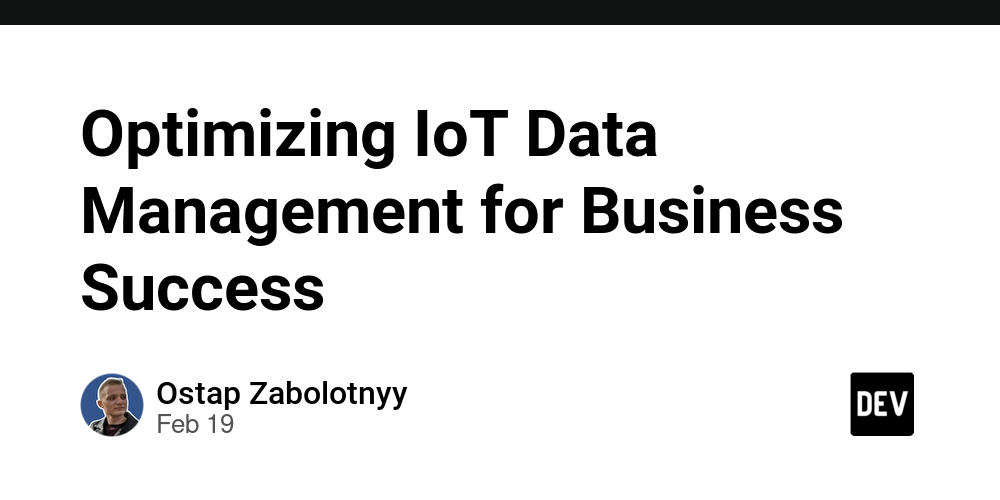How to Secure a Phalcon Application in 2025?
In the ever-evolving world of web development, ensuring the security of your applications is crucial. As we advance into 2025, securing Phalcon applications demands both foundational strategies and new tactics to counter emerging threats. Phalcon, known for its high performance and low-level optimizations, offers many tools to help developers secure their applications effectively. In this article, we'll cover essential security practices to implement in your Phalcon project for 2025. 1. Keep Phalcon and Dependencies Updated Keeping your framework and all dependencies up-to-date is your first line of defense. Updates not only bring new features but also crucial security patches. In 2025, automated tools like Dependabot and Snyk can continuously monitor and update your dependencies, lessening manual efforts and ensuring that vulnerabilities are swiftly patched. 2. Employ Robust Authentication Methods As attacks become more sophisticated, traditional authentication methods like simple password checks are becoming inadequate. Consider implementing multi-factor authentication (MFA) within your Phalcon applications. Use libraries that support OAuth2 or OpenID Connect, allowing integration with identity providers like Google, Facebook, or enterprise solutions such as Azure AD. 3. Implement Secure Coding Practices Secure coding practices are essential in preventing common vulnerabilities such as SQL injection, XSS, and CSRF: Use Prepared Statements: When interacting with the database, always use prepared statements to prevent SQL injection attacks. Data Sanitization: Validate and sanitize all user inputs rigorously. CSRF protection: Utilize tokens to protect against cross-site request forgery. 4. Configure HTTPS and Security Headers Always serve your application over HTTPS to ensure encrypted communications between the client and server. Additionally, make use of HTTP security headers such as: Content Security Policy (CSP): To prevent XSS attacks. Strict-Transport-Security (HSTS): To enforce secure (HTTPS) connections to the server. X-Frame-Options: To prevent clickjacking attacks. 5. Regular Security Audits Conduct regular security audits and vulnerability scans of your applications. Utilize tools like OWASP ZAP or Burp Suite to identify potential security issues. A thorough periodic review by security professionals can help uncover hidden threats that automated tools might miss. 6. Embrace Cloud Security Features Deploying your Phalcon application on a cloud platform can further enhance security through the platform's inbuilt features. Platforms today provide enhanced DDoS protection, advanced firewall configurations, and automated patching. For guidance on deploying Phalcon on the cloud, consider reading this article on cloud hosting for Phalcon. 7. Choose a Secure Hosting Provider Selecting the right hosting provider can significantly affect your application's security. Ensure your provider offers robust security measures and compliance certifications. For a list of suitable providers, see this guide on top Phalcon hosting providers. 8. Phalcon Integration with SiteGround If you are considering SiteGround as your hosting provider, see how Phalcon is integrated with their services. It can streamline your process while maximizing the security benefits offered by their infrastructure. Get started with the details provided in SiteGround Phalcon Integration. Conclusion Securing your Phalcon application in 2025 involves a combination of maintaining best practices, consistently reviewing and updating your technology stack, and leveraging modern security frameworks and platforms. By implementing these strategies, you can protect your application proactively against evolving cyber threats, ensuring data integrity and user trust. Always stay informed about the latest security trends and consider engaging with the developer community for continuous learning and adaptation. Stay secure and code responsibly! This article provides practical security measures for Phalcon in 2025, while also integrating links that can guide readers to additional resources for optimizing their hosting and deployment strategies.

In the ever-evolving world of web development, ensuring the security of your applications is crucial. As we advance into 2025, securing Phalcon applications demands both foundational strategies and new tactics to counter emerging threats. Phalcon, known for its high performance and low-level optimizations, offers many tools to help developers secure their applications effectively. In this article, we'll cover essential security practices to implement in your Phalcon project for 2025.
1. Keep Phalcon and Dependencies Updated
Keeping your framework and all dependencies up-to-date is your first line of defense. Updates not only bring new features but also crucial security patches. In 2025, automated tools like Dependabot and Snyk can continuously monitor and update your dependencies, lessening manual efforts and ensuring that vulnerabilities are swiftly patched.
2. Employ Robust Authentication Methods
As attacks become more sophisticated, traditional authentication methods like simple password checks are becoming inadequate. Consider implementing multi-factor authentication (MFA) within your Phalcon applications. Use libraries that support OAuth2 or OpenID Connect, allowing integration with identity providers like Google, Facebook, or enterprise solutions such as Azure AD.
3. Implement Secure Coding Practices
Secure coding practices are essential in preventing common vulnerabilities such as SQL injection, XSS, and CSRF:
- Use Prepared Statements: When interacting with the database, always use prepared statements to prevent SQL injection attacks.
- Data Sanitization: Validate and sanitize all user inputs rigorously.
- CSRF protection: Utilize tokens to protect against cross-site request forgery.
4. Configure HTTPS and Security Headers
Always serve your application over HTTPS to ensure encrypted communications between the client and server. Additionally, make use of HTTP security headers such as:
- Content Security Policy (CSP): To prevent XSS attacks.
- Strict-Transport-Security (HSTS): To enforce secure (HTTPS) connections to the server.
- X-Frame-Options: To prevent clickjacking attacks.
5. Regular Security Audits
Conduct regular security audits and vulnerability scans of your applications. Utilize tools like OWASP ZAP or Burp Suite to identify potential security issues. A thorough periodic review by security professionals can help uncover hidden threats that automated tools might miss.
6. Embrace Cloud Security Features
Deploying your Phalcon application on a cloud platform can further enhance security through the platform's inbuilt features. Platforms today provide enhanced DDoS protection, advanced firewall configurations, and automated patching. For guidance on deploying Phalcon on the cloud, consider reading this article on cloud hosting for Phalcon.
7. Choose a Secure Hosting Provider
Selecting the right hosting provider can significantly affect your application's security. Ensure your provider offers robust security measures and compliance certifications. For a list of suitable providers, see this guide on top Phalcon hosting providers.
8. Phalcon Integration with SiteGround
If you are considering SiteGround as your hosting provider, see how Phalcon is integrated with their services. It can streamline your process while maximizing the security benefits offered by their infrastructure. Get started with the details provided in SiteGround Phalcon Integration.
Conclusion
Securing your Phalcon application in 2025 involves a combination of maintaining best practices, consistently reviewing and updating your technology stack, and leveraging modern security frameworks and platforms. By implementing these strategies, you can protect your application proactively against evolving cyber threats, ensuring data integrity and user trust. Always stay informed about the latest security trends and consider engaging with the developer community for continuous learning and adaptation.
Stay secure and code responsibly!
This article provides practical security measures for Phalcon in 2025, while also integrating links that can guide readers to additional resources for optimizing their hosting and deployment strategies.











































































































































































![[The AI Show Episode 142]: ChatGPT’s New Image Generator, Studio Ghibli Craze and Backlash, Gemini 2.5, OpenAI Academy, 4o Updates, Vibe Marketing & xAI Acquires X](https://www.marketingaiinstitute.com/hubfs/ep%20142%20cover.png)




























































































































![[DEALS] The Premium Learn to Code Certification Bundle (97% off) & Other Deals Up To 98% Off – Offers End Soon!](https://www.javacodegeeks.com/wp-content/uploads/2012/12/jcg-logo.jpg)


![From drop-out to software architect with Jason Lengstorf [Podcast #167]](https://cdn.hashnode.com/res/hashnode/image/upload/v1743796461357/f3d19cd7-e6f5-4d7c-8bfc-eb974bc8da68.png?#)








































































































.png?#)

































_Christophe_Coat_Alamy.jpg?#)
 (1).webp?#)





































































































![Apple Considers Delaying Smart Home Hub Until 2026 [Gurman]](https://www.iclarified.com/images/news/96946/96946/96946-640.jpg)
![iPhone 17 Pro Won't Feature Two-Toned Back [Gurman]](https://www.iclarified.com/images/news/96944/96944/96944-640.jpg)
![Tariffs Threaten Apple's $999 iPhone Price Point in the U.S. [Gurman]](https://www.iclarified.com/images/news/96943/96943/96943-640.jpg)




































































































































